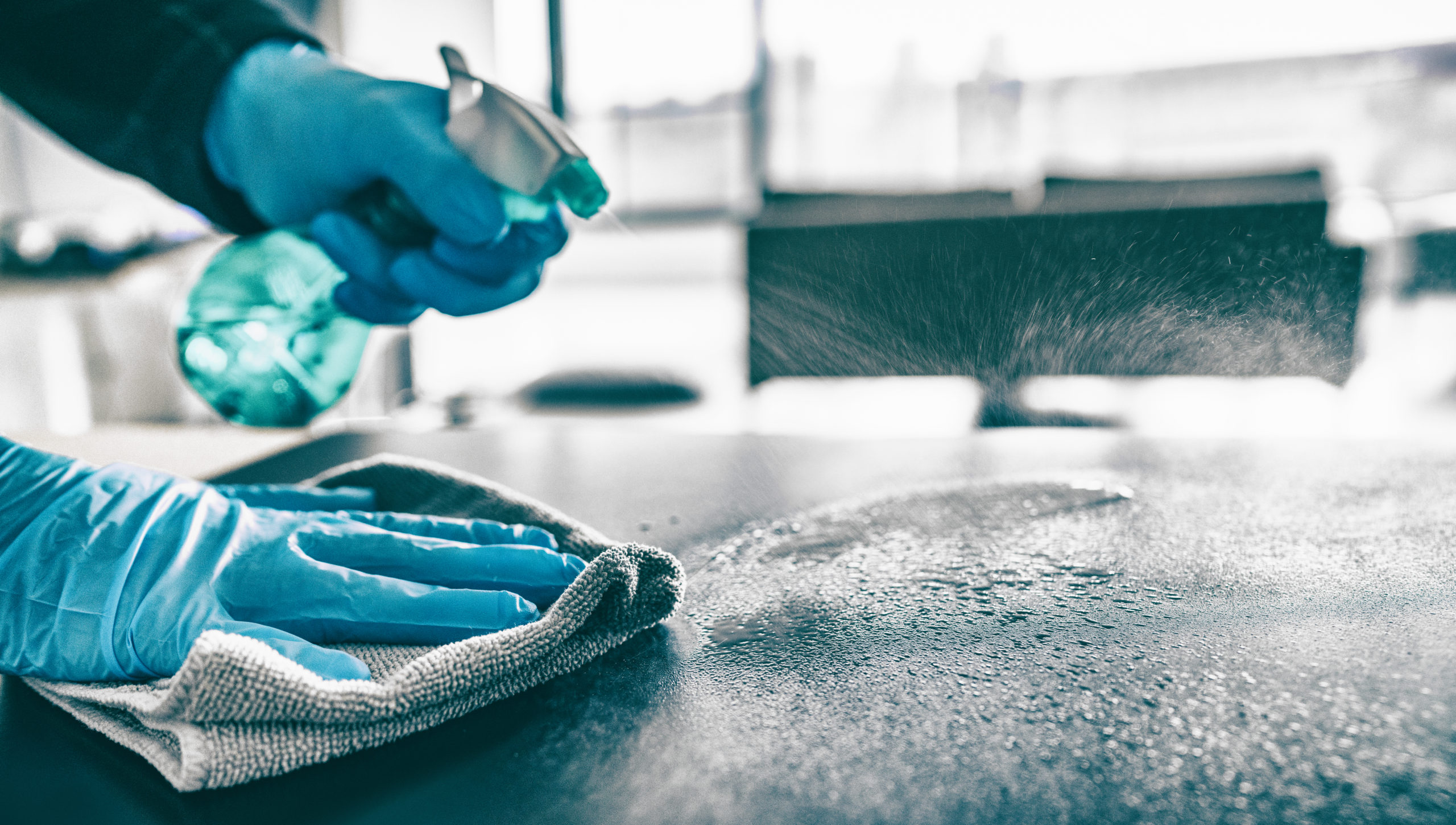Adam Lueken

For medical practices, OSHA compliance is not an option – it’s the law. And this is for good reason. Even though its requirements can be tedious, compliance aims to keep you, your team members and your patients safe. Like most medical practices, dermatology practices must comply with OSHA requirements and are encouraged to familiarize themselves with what must be done to achieve OSHA compliance.
OSHA (Occupational Safety and Health Administration) is a federal agency that protects workers from hazards in the workplace. Their inspectors conduct workplace assessments in search of employer violations, often resulting in citations with fines and penalties.
Are you and your team taking all the necessary steps to maintain compliance? According to the American Academy of Dermatology (AAD), OSHA’s Injury and Illness Prevention Program has set a framework for helping employers create effective workplace safety and health plans for their teams. This includes six safety and health plan points to follow:
- To lead compliance, a dermatology practice should identify and set safety and health program goals and create action plans for achieving these goals. Consider identifying a safety officer on your team to be responsible for implementing and maintaining program compliance. The designated team member should be given the authority and necessary resources to carry out those responsibilities and tasks.
- Dermatologists are primarily responsible for rolling out a safety program, but you should also encourage employees to share their thoughts and ideas throughout the process. In many cases, clinical team members know of hazards that non-clinical individuals may not see or understand. Team members who work in exam rooms, treatment areas or a laboratory will be familiar with procedures and chemicals used in those areas. Newer team members may also have previous knowledge of safety topics from previous work.
- OSHA provides a hazard assessment form to identify and document practice hazards. When using this form to assess a hazard, review documentation of injuries and illnesses experienced in the practice and consider what may have caused them. Give your team the chance to report concerns they may have with an open-door policy, and make sure they know there will be no discrimination against those who raise concerns. The main hazards usually encountered in a dermatology practice include blood-borne pathogens, fire or electrical hazards, hazardous chemicals, lasers and exit route issues. The hazard assessment form has questions you can check throughout your practice to ensure all areas are safe.
- With the information you’ve collected from the hazard assessment form, create a written hazard control plan that details hazards found and what actions will be taken to secure them. OSHA’s priorities for preventing injuries and illnesses start as far away from the body as possible, working closely with additional controls.
- For hazardous chemicals, identify what can be replaced or eliminated. Safer substitutions have already been made for some chemicals. Formaldehyde, a known carcinogen, was once used as a disinfectant, but now glutaraldehyde is used instead. Toluene can be replaced by Americlear, ProPar Clearant and other similar chemicals. For chemical safety, hoods are often used to protect team members from exposure. Sharps containers are also used to contain and discard contaminated sharps. Lasers are used in many skin procedures, but they can be potentially harmful to team members without precautions and documented safety protocols. Personal protective equipment (PPE) keeps team members safe when other actions are not available or effective. Gloves, gowns and masks can help protect from blood-borne pathogens when dealing with blood and unfixed tissue.
- To keep your team educated, schedule a safety meeting to discuss potential hazards that team members may be exposed to during their work, along with the safety protocols you’ve created. Train them on the injury and illness prevention program, how they may access the written plan and their right to receive a free copy. Let them know that you encourage their feedback. Help them recognize hazards and know how to protect themselves and others, including how to report injuries, illnesses and concerns. This training must be documented and retained for a minimum of three years (some state programs require retention for five years).
- Around six months after your hazard control plan is in place, do another hazard assessment and confirm all your processes are working. Doing this at least every two years will help ensure your plan stays as effective as possible. Team member changes and treatment additions or revisions may create new hazards that should be reviewed.
With COVID-19, a variety of other OSHA requirements have continued to be needed and have brought the need for cleanliness, infection control and sanitization to the forefront of patient concern even further. Although most practices continue to take steps toward “normalcy” as compared to last year at this time, actions like rooming patients quickly, spacing out waiting room access, and regularly cleaning and sanitizing all surfaces are still important.
Additional information about OSHA can be found at the AAD’s OSHA Resource Center here. This has information on compliance, handling inspections, frequently asked questions and more.
Need some extra assistance building and maintaining a plan for your practice’s OSHA compliance? We’re always a phone call or click away to support your needs. Schedule a consultation with one of our practice management experts today!